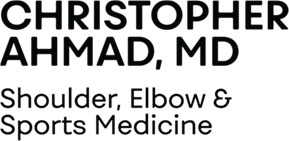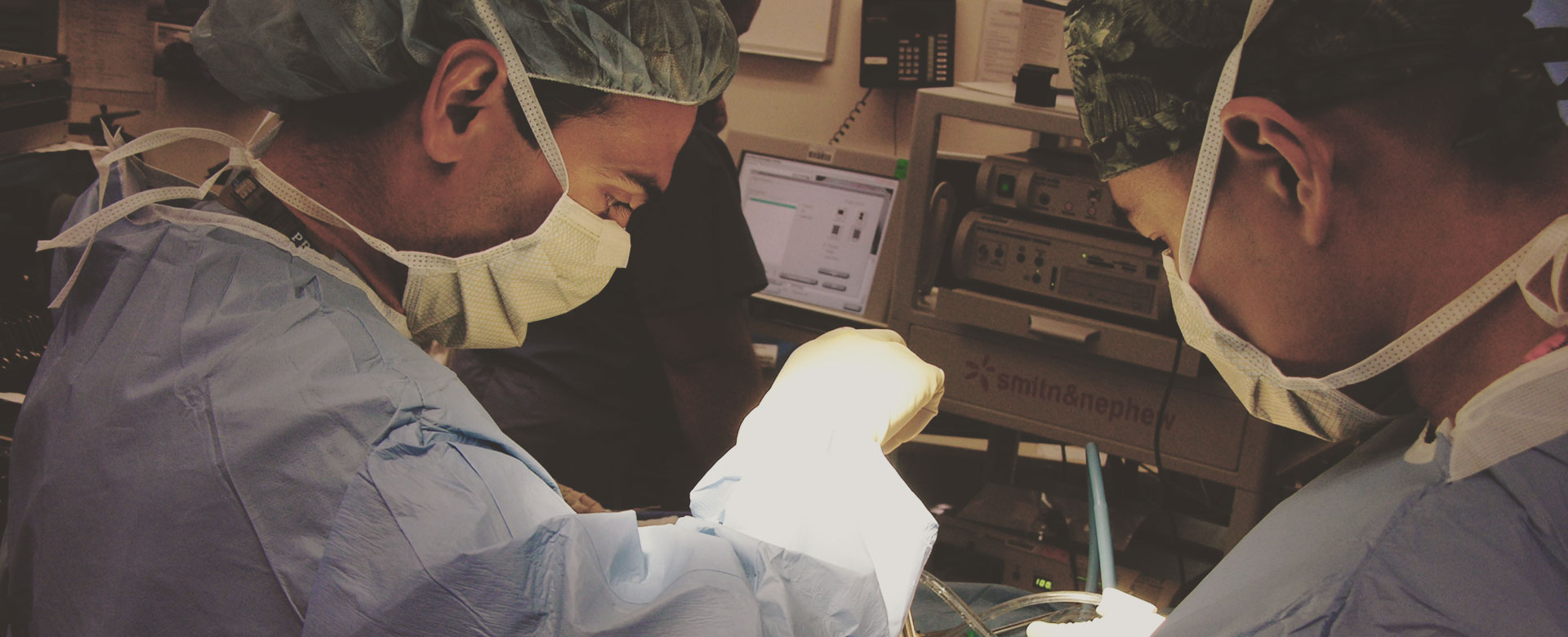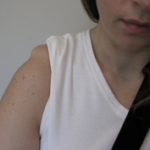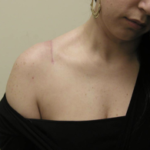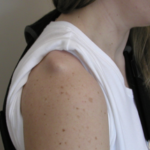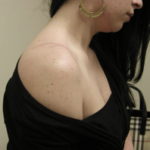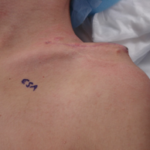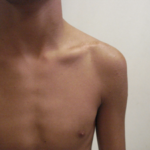Overview
What is an AC separation?
- An acromioclavicular joint separation, or AC separation, is an injury where the clavicle (collar bone) separates from the scapula (shoulder blade).
- AC separation is caused by a fall directly on the edge of the shoulder or a direct blow received in a contact sport.
- Football, soccer, and hockey players as well as cyclists most commonly sustain AC separations.
- The severity of an AC separation depends on the extent of ligament damage
AC separations are classified in 1-5 grades ranging from a mild sprain to a complete ligament tear with joint separation:
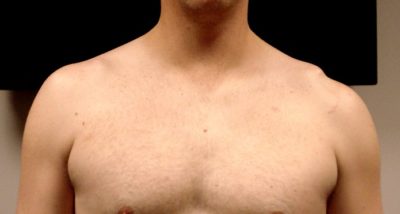

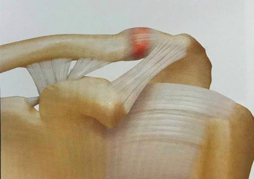
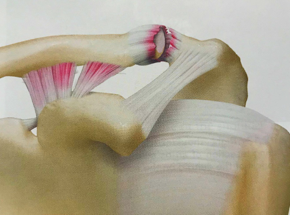
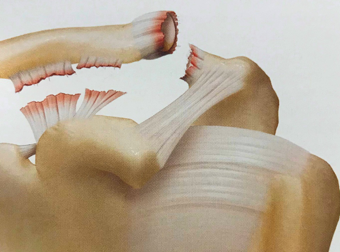
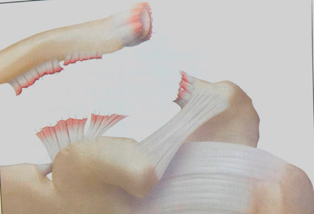
What are the symptoms of an AC joint separation?
- Tenderness at the AC joint when touched.
- Initial bruising and swelling around joint.
- Pain with arm movement.
- A bump on the top of the shoulder.
Evaluation by Team Ahmad
How does Dr. Ahmad make the diagnosis?
- Physical appearance often reveals deformity.
- X-rays show the AC separation.
- MRI shows the ligaments disrupted and allows evaluation of other structures such as the shoulder labrum.
Treatment Options
How does Dr. Ahmad treat AC separations?
- The treatment of an AC separation depends on the grade of the injury.
- Grades I – II are usually treated non-operatively.
- Grade III AC separation patients may be candidates for early surgical reconstruction based on the patient’s sport and level of play.
- Some Grade III separations which are unstable with arm movement or when symptoms persist despite non-operative treatment.
Non-Operative Treatment
- Ice to reduce pain and swelling.
- Rest and wear a protective sling until pain subsides. This usually takes about 1-2 weeks.
- Anti-inflammatory medications.
- A rehabilitation program to restore normal motion and strength.
- Depending on the grade of injury, most patients heal within 2 to 3 months without surgical intervention.
- The patient returns to sports when full strength and painless range of motion is achieved.
Operative Treatment
- Surgery may be elected when symptoms persist after 2 to 3 months for low grade AC sprains.
- Early surgery for a select group of Grade III AC separations may be based upon the patient’s sports, seasonal timing, and if dynamic instability is present.
- These patients include:
Operative
- Outpatient surgery
- Reconstruction of the damaged ligaments
- Often employs cadaver tissue graft
Postoperative
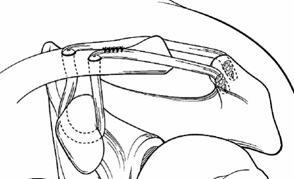
POSTOPERATIVE
- The use of a sling is required for 6-8 weeks.
- Stitches are usually removed 7 – 10 days after surgery.
- Overhead motion is limited for the first 8-12 weeks.
- After the removal of the sling, 6-8 weeks of physical therapy is necessary to regain full motion.
- Strength and velocity motions of the throwing athlete may be delayed for 4-6 months.
